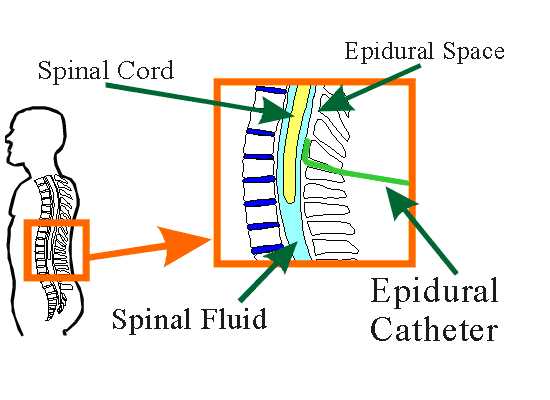| Three stages of Labour |
| FIRST STAGE |
| From the onset of labour to the complete cervical dilatation |
| SECOND STAGE |
| From the complete cervical dilatation the delivery of the baby. |
| THIRD STAGE |
| From the delivery of the baby to the delivery of the placenta |
| |
| During the first stage, the labour pains are due to |
| The contraction of the uterus over the foetus with a completely or partially closed cervix. |
| The process of cervical dilatation by stretching. |
|
During the early stages, the contraction of the uterus is less frequent (once in five to ten minutes) and less intense. But after partial dilatation of the cervix (> 3cms) it becomes more and more frequent (once in two to three minutes) and increasingly more intense.
During the second stage, the pain of contraction of the uterus still remains and added to it the stretching of the perennial structures becomes excruciatingly painful as the baby starts descending through the birth canal.
The third stage of labour is less painful than the other two.
| EFFECTS OF LABOUR PAIN ON THE MOTHER |
During late pregnancy, as the labour approaches, the mother becomes increasingly anxious about the pains. This anticipation of labour pains itself can have many deleterious effects like premature onset of labour, premature separation of the placenta etc
During labour, labour pains release catecholamines into circulation and this leads onto incoordinate uterine contractions. This probably delays progress of labour and is one of the reasons why the active phase of the first stage of labour is hastened by epidural analgesia. The labour pains are CRESCENDO PAINS which increases in intensity with each pain and the anticipation of the next excruciating pain between contractions causes more mental trauma. |
|
